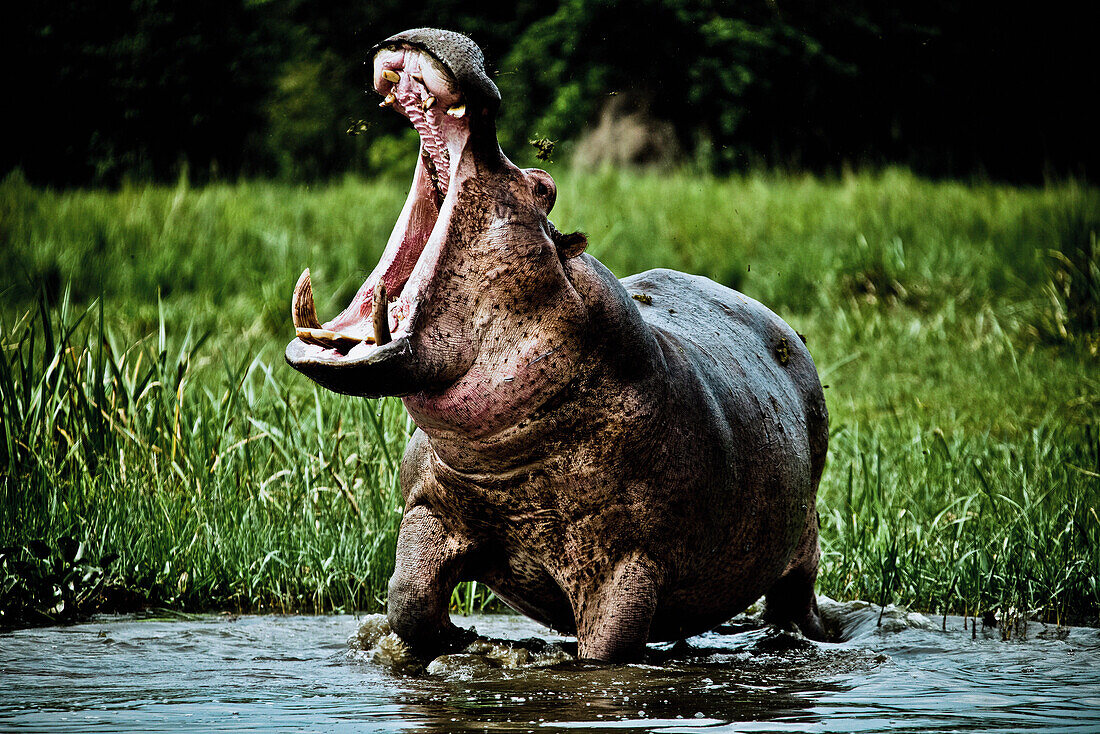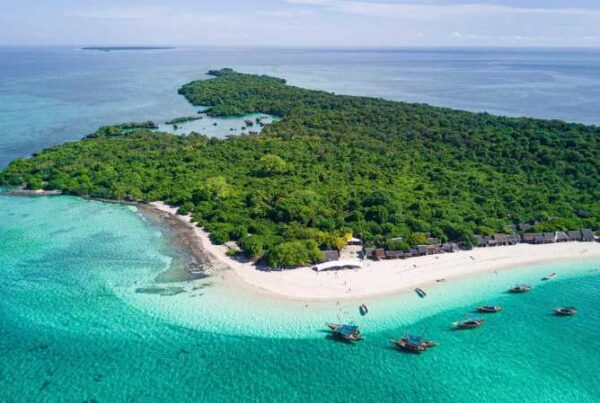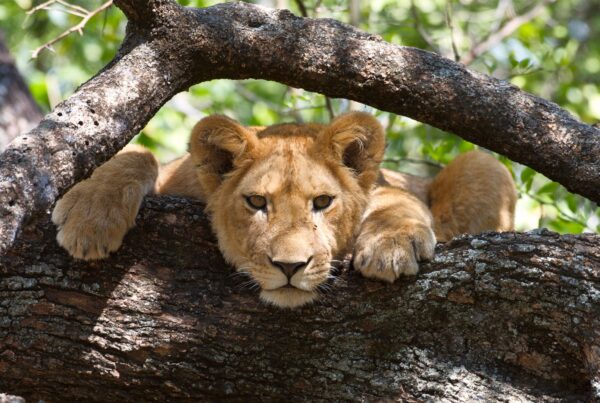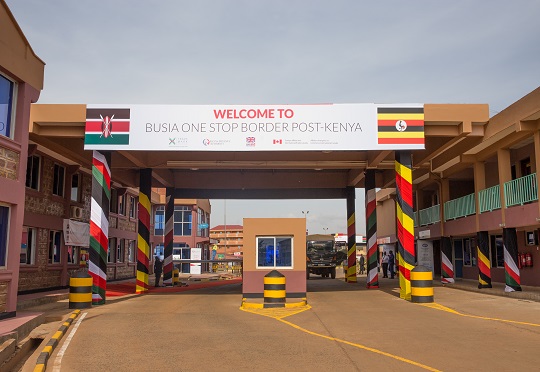Visiting Uganda in July
Where Adventure Meets the Peak of the Dry Season
A journey to Uganda in July is not simply a trip—it is a bold immersion into the vivid and untamed heart of East Africa. During this month, the country is cloaked in brilliance, with golden sunrises, vibrant landscapes, and wildlife on full display. July marks the peak of Uganda’s dry season, drawing both local and international adventurers eager to explore the natural wonders that this captivating destination has to offer.
The month carries with it a unique energy. Trails are dry, skies are clear, and wildlife congregates at fewer water sources, offering rare photographic opportunities. Roads are accessible across the nation, from the misty mountains of the southwest to the expansive savannas of the north. Whether one is venturing into the forests to encounter endangered mountain gorillas, cruising the Nile in search of hippos and crocodiles, or traversing the highlands of Elgon and Rwenzori, July sets the perfect stage.
The experience of traveling during this season is not solely about favorable weather—it is about movement without interruption, observation without obstruction, and connection without compromise.
Climate Conditions: Cool, Dry, and Travel-Friendly
The weather in Uganda during July represents one of the most pleasant and predictable climates the country offers throughout the year. Daytime temperatures generally rest between 23°C and 27°C in most regions, providing a warm but comfortable atmosphere. In the elevated areas such as Kabale, Fort Portal, and Bwindi, cooler breezes drift through the mornings and evenings, dipping temperatures into the teens.
Rainfall is minimal during this period. The skies are often cloudless, allowing sun-drenched days ideal for photography and uninterrupted outdoor activities. It is also a time when humidity levels are reduced, creating ideal trekking conditions in tropical forests that otherwise pose challenges during wetter months.
This dry weather ensures not just comfort but also greater accessibility to remote areas. Mountain passes remain open, dirt tracks are no longer slippery, and game drive routes are navigated with ease. The crispness in the air enhances visibility, revealing dramatic vistas from hilltops and lakeshores alike.
Wildlife Safaris: Peak Season for the Big Game
July is a spectacular month for wildlife viewing in Uganda. Across the major national parks, wildlife activity is heightened as the dry season concentrates animals around permanent water sources. As vegetation thins out, visibility increases, and the dynamics of predator-prey interaction become more apparent to visitors on safari.
In Murchison Falls National Park, the park’s iconic giraffes, elephants, and hartebeests gather in open plains. Lions are frequently spotted lounging in the heat of the afternoon, while boat cruises along the Nile reveal hippos, crocodiles, and an astonishing array of birdlife basking in the midday sun. The top of the falls continues to mesmerize with its thunderous spray as the Nile squeezes through the narrow gorge.
Queen Elizabeth National Park, further south, provides one of the most rewarding safari landscapes in July. The Kasenyi Plains burst with activity as herds of antelope attract lions and leopards. In the Ishasha sector, the famous tree-climbing lions are more easily sighted during this dry period, often found resting high in fig and acacia trees.
In the remote wilderness of Kidepo Valley National Park, July presents perhaps the most dramatic wildlife spectacle. The arid conditions of this semi-desert park bring wildlife to the Narus Valley in large numbers. Zebras, buffalo, and oryx roam freely, while cheetahs and lions follow closely. With fewer visitors compared to more accessible parks, Kidepo offers an unmatched sense of solitude and raw wilderness.
Gorilla Trekking: July’s Rare and Magical Encounters
One of Uganda’s most sought-after experiences—gorilla trekking in Bwindi Impenetrable Forest or Mgahinga Gorilla National Park—reaches near-optimal conditions in July. The trails through these dense forests are dry and firm, making the trek both manageable and rewarding. Hikes that can stretch from two to six hours are completed with fewer complications, and sightings are generally more relaxed and prolonged.
The atmosphere in these montane forests is filled with the damp scent of moss, earth, and wild orchids. When the moment arrives, and a gorilla family is spotted nestled in the underbrush or feeding calmly under a canopy, the experience transcends expectation. July’s clear light enhances visibility, and the cooler air at altitude keeps treks invigorating rather than exhausting.
Due to July’s popularity, permits for gorilla trekking are in extremely high demand, and pre-booking becomes essential. Yet those who secure this opportunity often speak of it as the single most moving wildlife encounter of their lives.
Chimpanzees and Forest Excursions
Beyond gorillas, Uganda’s forests continue to buzz with life in July. In Kibale Forest National Park, the dry season allows for seamless chimpanzee trekking. The habituated groups are active, vocal, and visible as they swing through the canopy or descend to forage on the forest floor. Their expressive faces, complex social interactions, and curious glances make the encounter deeply human and intellectually enriching.
Trails in Budongo Forest, near Murchison Falls, and in Kyambura Gorge within Queen Elizabeth National Park are also drier and more accessible in July. These sites provide additional opportunities to track primates, including black-and-white colobus monkeys, red-tailed monkeys, and blue monkeys.
July’s Cultural and Scenic Splendor
Traveling in July is not only a feast of fauna but also a celebration of Uganda’s cultural identity and stunning landscapes. As school holidays begin and harvest seasons approach in some regions, many rural communities open their arms to cultural tourists. Traditional dances, drumming ceremonies, and community experiences in places like Kasese, Fort Portal, and Mbale are more frequent during this time.
The Ruwenzori Mountains, often shrouded in mist during the wet months, become more visible, revealing snowcapped peaks on clear mornings. Hiking trails into the lower slopes open up vistas of glacial valleys and alpine meadows rarely seen during other times of the year. In eastern Uganda, Mount Elgon and the Sipi Falls area become playgrounds for hikers and nature lovers, offering sharp views, comfortable climate, and interactions with local farming communities.
Lake Bunyonyi, dotted with terraced islands and surrounded by emerald hills, emerges as a tranquil destination for canoeing, birdwatching, and lakeside relaxation. The cool, misty mornings followed by sunlit afternoons allow for full immersion in this magical alpine lake.
Travel Logistics and Considerations in July
Because of its popularity, July is one of Uganda’s busiest months for tourism. Flights, lodges, and activity permits are quickly booked up, particularly in high-demand destinations like Bwindi and Queen Elizabeth National Park. Travelers should plan their trips well in advance, ensuring that accommodations, park permits, and transportation are secured ahead of time.
Fortunately, road conditions are excellent during this period. The dry weather permits travel to nearly all corners of the country, and domestic flights to parks such as Kidepo and Kasese operate reliably. Safari vehicles navigate rough terrain without issue, and boat cruises run uninterrupted on major waterways.
Travelers are encouraged to pack light breathable clothing for daytime and warmer layers for the cooler evenings in high-altitude regions. Sunscreen, insect repellent, and plenty of memory cards for cameras are essential, as photographic opportunities are both numerous and spectacular during this time.
July: The Jewel of Uganda’s Tourism Calendar
There is no overstating the brilliance of Uganda in July. It is a month when the country reaches its full expression—weather, wildlife, culture, and scenery all align in near-perfect harmony. Whether one seeks thrilling adventures, peaceful retreats, or cultural immersion, July offers an unrivaled stage on which to play out unforgettable African narratives.
It is not merely a good time to visit—it is arguably the best time. Travelers leave with stories of lions under the acacias, gorillas in the mist, and sunsets that paint the sky in fire. They depart with dust on their shoes, joy in their hearts, and a yearning to return.
Explore Uganda With WildHorn Africa
The difference between a good safari and an unforgettable one lies in who you travel with. At the heart of curated Ugandan journeys stands WildHorn Africa, a tour operator with deep roots in the region and a passion for authentic, eco-conscious, and transformative travel. WildHorn Africa crafts experiences that do more than showcase Uganda—they immerse travelers in its soul.
With WildHorn Africa, every itinerary is tailored to your rhythm. Whether it is a private gorilla trekking journey, a multi-day wildlife safari, a cultural immersion in tribal lands, or a scenic circuit through Uganda’s hidden gems, the logistics are expertly handled, and the experiences are deeply personal.
Travel in July has never been more rewarding. Book your African safari with WildHorn Africa, and allow the Pearl of Africa to reveal its wonders with elegance, insight, and grace.





 WildHorn Africa – Authentic and unforgettable tours across Africa, guided by local experts who know the land, wildlife, and culture best.
WildHorn Africa – Authentic and unforgettable tours across Africa, guided by local experts who know the land, wildlife, and culture best.


